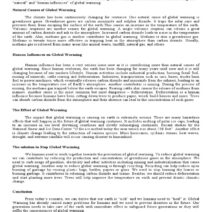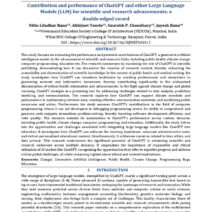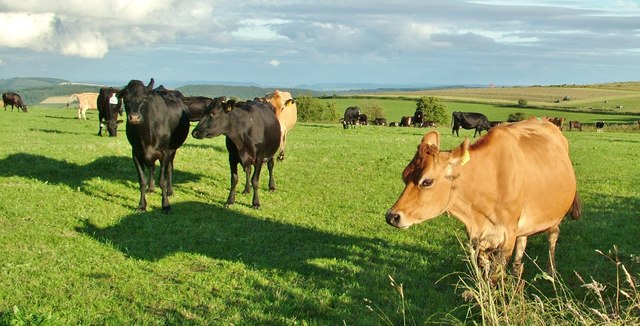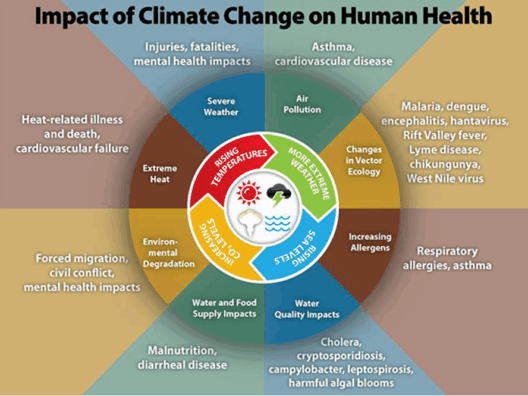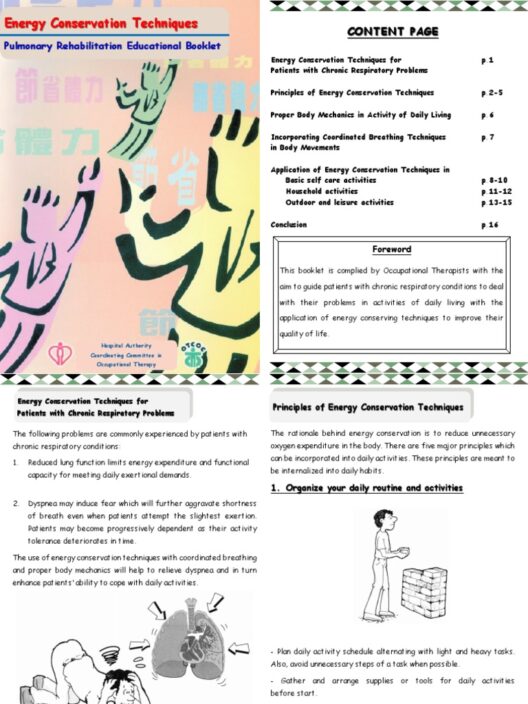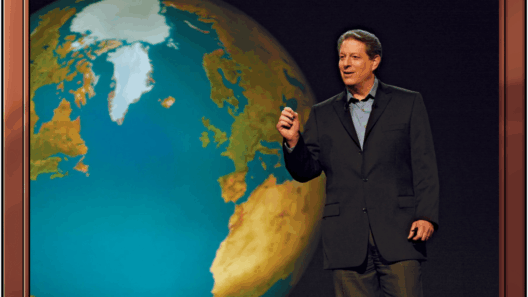Indonesia, the archipelago straddling the equator, is home to rich biodiversity and a vibrant culture. However, it also faces one of the most pressing challenges of our time: climate change. As global temperatures rise, countries like Indonesia must grapple with their greenhouse gas emissions and develop innovative strategies to mitigate environmental degradation. What if we could turn the tide and transform our approach to climate action? Can Indonesia become a paradigm of sustainable practices, paving the way for a cooler planet?
To understand Indonesia’s role in global climate action, it is essential to first examine its unique geographical and ecological characteristics. With over 17,000 islands and extensive rainforests, Indonesia plays a critical role in carbon sequestration. These forests not only absorb carbon dioxide but also provide habitats for countless species. However, deforestation and land-use changes have emerged as formidable challenges. As agricultural demand increases, vast stretches of forest are cleared for plantation crops, contributing significantly to emissions. The question arises: how can Indonesia balance economic development with environmental preservation?
Indonesia has made strides towards reducing its carbon footprint through the implementation of various initiatives and policies. The government’s commitment to the Paris Agreement illustrates a growing recognition of the need for climate action. With targets to reduce emissions by 29% by 2030, and 41% with international support, Indonesia has conveyed its intent to pivot towards more sustainable practices. Such ambitious goals are admirable; however, the challenge lies in the execution of these strategies. Will the political will and resources be sufficient to realize these promises?
One of the most effective approaches Indonesia is taking in its climate action strategy is reforestation and afforestation. Programs aimed at restoring and rehabilitating degraded lands have gained traction in recent years. These efforts not only combat carbon emissions but also enhance biodiversity. As trees grow, they provide valuable ecosystem services, ensuring the protection of wildlife and improving soil health. At the same time, these initiatives offer economic opportunities through sustainable forestry and ecotourism. Isn’t it invigorating to think that a harmonious balance between conservation and development is possible?
Moreover, the energy sector in Indonesia presents another opportunity for emission reduction. Currently, the country relies significantly on coal as an energy source, which accounts for a sizable proportion of its greenhouse gas emissions. Transitioning to renewable energy sources, such as solar, wind, and geothermal power, holds immense potential. By harnessing these resources, Indonesia can not only reduce emissions but also promote energy independence and create green jobs. The challenge, however, remains: Can Indonesia overhaul its energy infrastructure in the face of substantial economic interests tied to fossil fuels?
In addition to reforestation and energy transformation, embracing sustainable agriculture presents a pathway to lower emissions. Agriculture is a primary driver of greenhouse gas emissions within Indonesia, particularly due to methane emissions from rice paddies and livestock. By adopting practices such as agroforestry, organic farming, and integrated pest management, farmers can significantly reduce their carbon output. These methods not only enhance soil fertility but also bolster resilience to climate change. Could this be the silver lining that transforms Indonesia’s agricultural landscape into a model of sustainability?
Education and public awareness also play pivotal roles in Indonesia’s climate action efforts. Increasing knowledge about environmental issues equips citizens with the tools necessary to advocate for sustainable practices. Local communities can be powerful agents of change if provided with the right information and resources. Engaging the public through campaigns that highlight the importance of conservation and alternative practices can foster a culture of sustainability. However, a critical challenge remains: How can the government and NGOs effectively collaborate to reach the most isolated areas and engage diverse populations?
One intriguing aspect of Indonesia’s climate action is its unique blend of local wisdom and modern technology. Indigenous communities possess invaluable knowledge about their environments and often practice ecological stewardship. By integrating this traditional wisdom with contemporary scientific approaches, Indonesia can develop innovative solutions tailored to local contexts. Such collaboration can result in greater commitment to environmental conservation, benefiting ecosystems and communities alike. How can this collaborative paradigm foster a deeper connection between people and nature, urging them toward sustainable practices?
As Indonesia strides toward its climate action goals, international cooperation will undoubtedly play a significant role. Collaborative partnerships with other nations provide opportunities for knowledge sharing, technology transfer, and funding. This cooperation is particularly vital considering the global nature of climate change—no single country can solve it alone. However, an essential question lingers: How will Indonesia navigate geopolitical dynamics in its pursuit of sustainability, ensuring that its priorities remain front and center?
In conclusion, Indonesia stands at a crossroads. The challenges presented by climate change are daunting, but the potential for transformation is equally immense. By prioritizing reforestation, transitioning to renewable energy, embracing sustainable agriculture, and promoting public awareness, Indonesia can forge a path toward reduced emissions and a healthier planet. The journey will undoubtedly be fraught with obstacles, but it also presents limitless opportunities for innovation and resilience. As we contemplate Indonesia’s future, one thing is clear: a cooler planet beckons, and it is within our reach, if we act decisively and collaboratively.
